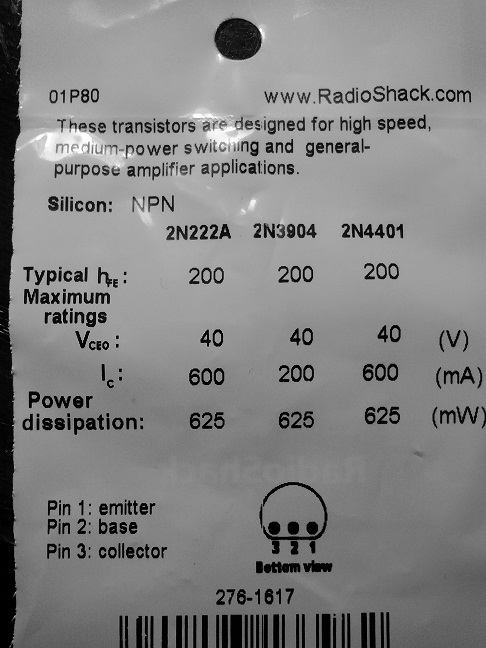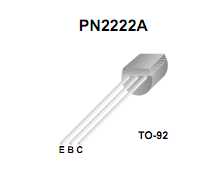Please answer:
You should look at some of the 10's of thousands of diagrams available on the net before connecting a transistor to try to do this job and/or look at the transistor's data sheet.
All transistors have a maximum Vbe rating and you have probably exceeded yours quite substantially. You transistor MAY be OK but may be damaged.
You MAY have been saved by your interesting emitter follower style circuit.
As a starting point always drive the base through a resistor of from 1k to 10k.
1K for low voltages (2-5) and 10k or so for larger voltages (5-30).
None of that is ideal but it will keep your transistor alive and your LED lit in most cases.
Connect a 100k from base to emitter. This passes the small CB leakage current that exists when the base is open and stops it driving the transistor on partially and dimly lighting your LED.
Your circuit with the LED in the emitter has its uses, but more usual and useful is the circuit below.
R1 is not needed if you are driving R2 with a source that always has a low impedance, such as a microcontroller pin in normal output mode (active high and active low drive.
Transistor type is your choice.
LED current is ~~~= (Vsupply - VLED_on)/ R4.
VLDon from data sheet or elseweher.
For red LEDs ~= 2V.
White and blue LEDS typically 3V - 3.5V
So here with Vsupply = 5V
- LED current is ~~~= (Vsupply - VLED_on)/ R4
~~= (5 - 3.3) / 1000 = 0.017 = 17 mA
This is shown being driven by a relay (high on / low off) but any voltage that switches between low ~=0V and 2V <= high <= ~= 12v is OK.
For Vin high > 12 V increase R2.
Suggestion:
Experiment with vakues of R2 all else being the same, and see what happens. .
Never have R2 < about 500 ohms.
R2 can be as large as you like but the LED will stop working when R2 is above about 470k to 1 megohm.

Recommendation:
The BC337-40 is my favorite leaded "jellybean" bipolar NPN transistor.
If you can ever buy some of these at a good price, do.
Digikey has them at 58 cents in 1.s, 40c/10, 18c/100, 7c/1000, 4.5 cents/ 10k.
This is a BAD circuit BUT if you add 100K as shown the LED should turn off.
NOW connect 10k from base to V+ and see what happens.
NEVER connect the base directly to V+ or to any "stiff' voltage source that may cause very high base currents to flow.
What is your transistor type. ?






